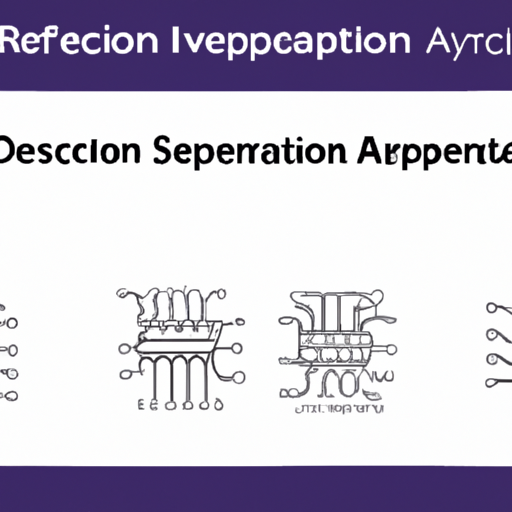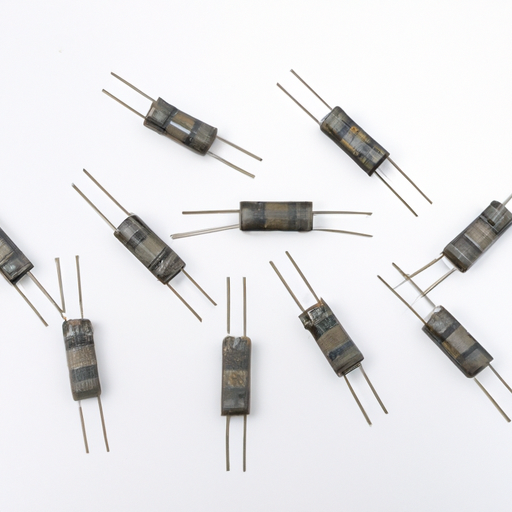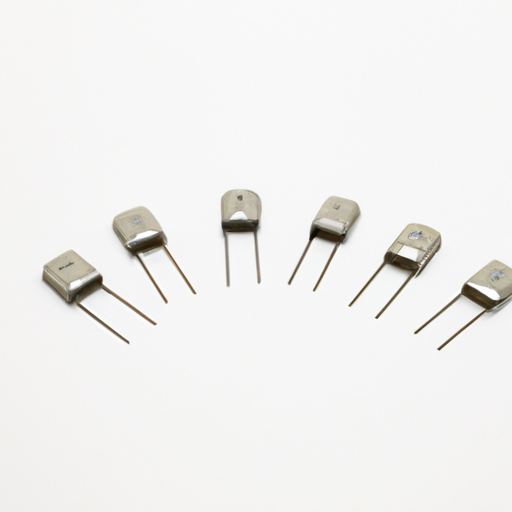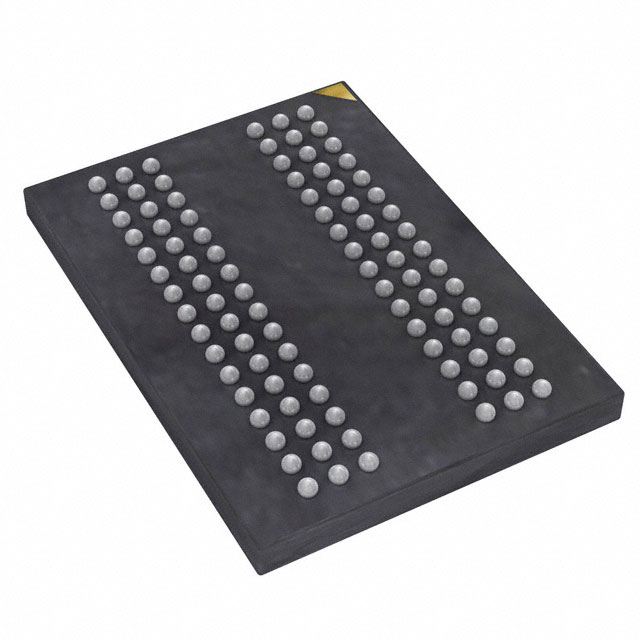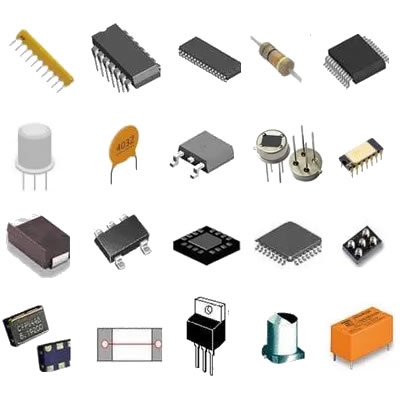CFR-12JB-52-110R Resistors highlighting the core functional technology articles and application development cases of Resistors that are effective.
System
Oct 06
0
Core Functional Technology of Resistors1. Basic Functionality: Resistors are fundamental components in electronic circuits, primarily used to control the flow of electric current. They achieve this by providing a specific resistance, measured in ohms (Ω), which adheres to Ohm's Law (V = IR). This relationship is crucial for designing circuits that require precise voltage and current levels.
2. Types of Resistors3. Construction: Resistors can be constructed from different materials, such as carbon composition, metal film, and wire-wound. The choice of material influences the resistor's characteristics, including its tolerance, temperature coefficient, and power rating. For instance, metal film resistors typically offer better stability and lower noise compared to carbon resistors. 4. Power Rating: Each resistor has a maximum power rating, usually expressed in watts (W), which indicates how much power it can dissipate without overheating. The CFR-12JB-52-110R has a specific power rating that must be considered in circuit design to prevent failure.
5. Tolerance: Tolerance indicates the precision of the resistor's value. Common tolerances include ±1%, ±5%, and ±10%. A lower tolerance means higher precision, which is critical in applications requiring exact resistance values.
Applications of Resistors1. Voltage Division: Resistors are commonly used in voltage divider circuits to create a desired output voltage from a higher input voltage. This is essential in sensor applications where specific voltage levels are needed for processing.
2. Current Limiting: In LED circuits, resistors are used to limit the current flowing through the LED, preventing it from burning out. This is a standard practice in both consumer electronics and lighting applications.
3. Pull-Up and Pull-Down Resistors: In digital circuits, these resistors ensure that inputs to logic gates are at defined levels, preventing floating states that can lead to unpredictable behavior.
4. Signal Conditioning: Resistors are integral in filtering applications, working alongside capacitors and inductors to shape signal characteristics in audio and RF circuits, enhancing performance and clarity.
5. Biasing: In transistor circuits, resistors are used to set the operating point of transistors, ensuring they function correctly within their intended range.
Development Cases1. Consumer Electronics: Resistors are ubiquitous in devices like smartphones, tablets, and televisions, where they help manage power distribution and signal integrity, ensuring reliable operation.
2. Automotive Applications: In modern vehicles, resistors are used in various systems, including engine control units (ECUs), sensor circuits, and infotainment systems, contributing to safety and performance.
3. Medical Devices: Resistors are critical in medical equipment, such as ECG machines and patient monitors, where they ensure accurate readings and safe operation, directly impacting patient care.
4. Industrial Automation: In automation systems, resistors are used in control circuits, feedback loops, and sensor interfaces, ensuring reliable operation in manufacturing and process control environments.
5. Telecommunications: Resistors are essential in communication devices, helping to manage signal levels and protect sensitive components from overcurrent, which is vital for maintaining communication integrity.
ConclusionThe CFR-12JB-52-110R resistor exemplifies the essential role of resistors in electronic circuits across various applications. Understanding the core technology, types, and applications of resistors is crucial for designing effective electronic systems. For further exploration, industry journals, electronics textbooks, and manufacturer datasheets provide valuable insights and detailed case studies on resistor applications and innovations.
Read more



